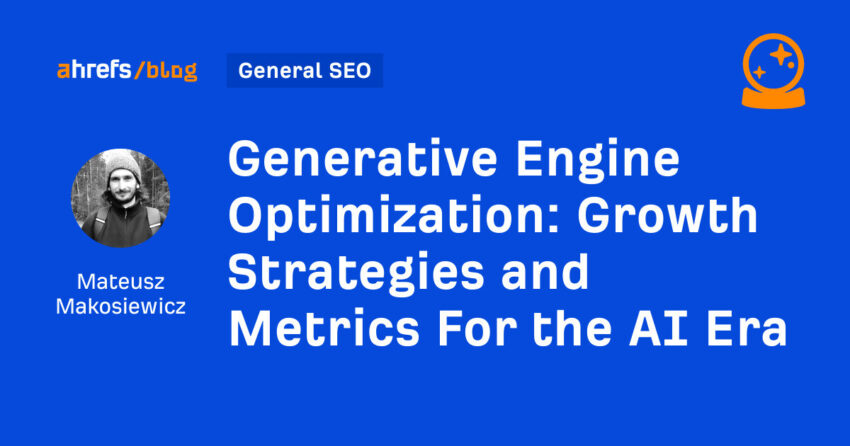TL;DR Summary of How to Optimize Your Brand for AI-Generated Search Results with GEO
Optimixed’s Overview: Navigating the Shift to AI-Enhanced Brand Visibility with Generative Engine Optimization
Understanding GEO and Its Impact on Modern Search
Generative Engine Optimization (GEO), also known as AEO or LLMO, is an emerging digital marketing approach that focuses on increasing brand visibility within AI-generated search responses. As AI assistants provide direct answers to user queries, often bypassing traditional website clicks, brands must adapt to maintain influence and trust in this new search landscape.
Key Differences Between Traditional SEO and GEO
- Objective: Traditional SEO drives website traffic through ranked links; GEO ensures your brand appears in AI answers even without clicks.
- Content Focus: SEO content aims to attract users to your site; GEO content is designed to be cited accurately by AI tools.
- Authority Signals: SEO relies on backlinks and domain history; GEO depends on consistent, factual mentions across trusted platforms and clear, up-to-date content.
- User Interaction: SEO targets short queries and click-throughs; GEO thrives on conversational AI prompts delivering summarized, direct information.
Why GEO Matters Now
With 16% of US searches showing AI Overviews and a significant drop in clicks for top search results, brands face a paradigm shift. AI assistants like ChatGPT and Gemini retrieve information using a hybrid of built-in knowledge and live web search (RAG), meaning strong traditional SEO still underpins GEO success. Moreover, AI-driven traffic tends to convert better, indicating higher-quality user engagement.
Practical Strategies to Boost AI Visibility
- Earn Third-Party Mentions: Focus on industry rankings, media coverage, and customer reviews, as AI often cites unlinked brand references from trusted external sites.
- Create AI-Friendly Content: Use clear formatting with hierarchical headings, bullet points, structured data (schema markup), and concise factual writing to improve AI citation likelihood.
- Focus on Preferred Content Types: “Best,” “Top,” and “Vs” lists, how-to guides, product pages, and case studies receive the highest AI traffic shares.
- Audit and Optimize: Analyze your own site’s AI traffic patterns and engagement metrics to identify and expand on high-performing content categories.
- Leverage Tools: Use platforms like Ahrefs Brand Radar to identify AI mention gaps versus competitors and track AI-driven brand visibility and share of voice.
Looking Ahead: The Future of AI Search and GEO
AI models are evolving towards reasoning over memorization, relying increasingly on external search to provide accurate data. This evolution emphasizes the ongoing importance of strong content and SEO foundations for AI visibility. As AI assistants gain capabilities to perform tasks beyond answering questions, being prominently cited by AI could become critical to sales and customer acquisition.
Marketers should treat GEO as an extension of their SEO strategy, focusing on topical authority, clear communication, and diversified content. Staying informed about AI developments and continuously optimizing for AI search will be key to thriving in this rapidly changing digital environment.
